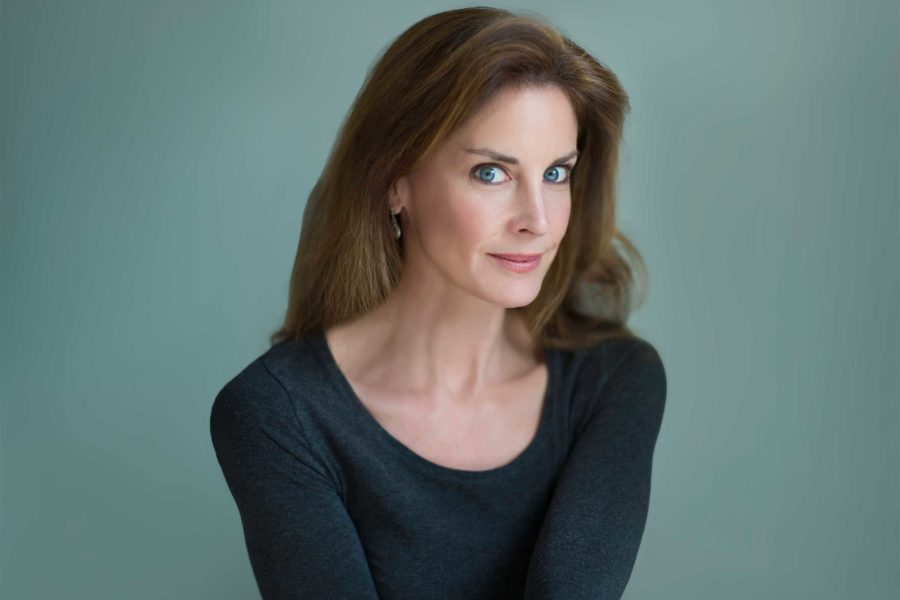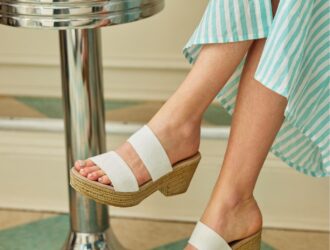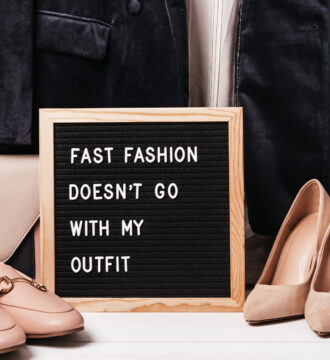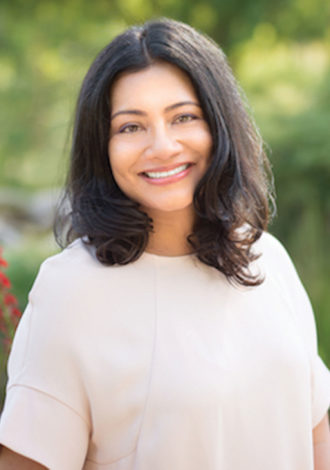You would never guess by looking at her impressive resume which includes modeling for Vogue, Elle, Calvin Klein and Christian Dior, but former model turned portrait photographer Dawn Greene used to be painfully shy in front of the camera.
While modeling in New York City between the ages of 14 to 29, Greene took refuge from the spotlight behind the lens of her own camera, teaching herself how to take photos and learning from top fashion photographers on set.
And she didn’t stop there. She continued her schooling while she worked— at Columbia University, no less. When she retired from modeling, she received her master’s in environmental management at Yale University.
Greene worked in conservation biology for some time but when she was a single, divorced mother of a young child in need of a flexible schedule, she decided to re-dedicate herself to photography.
She began working as an independent portrait photographer in 2007, taking on small gigs and shooting out of her living room and by 2009, opened up her own studio in Manchester-by-the-Sea. Drawing from her early career experiences, Greene’s approach to shooting clients is best described as something that could be seen in a fashion magazine — with all the glamour, style and technique involved — and with everyday people as the subjects.
“I’m someone who gets a lot out of helping people and when I left wildlife conservation, I was concerned that going back to photography would be too superficial or not intellectually challenging enough,” Greene tells Exhale in an interview. “But it’s so rewarding for me to show women how beautiful they really are. I love what I do now.”
Greene shares what it was like going from muse to creator, how she captures her clients’ best version of themselves and the lessons she learned as a new entrepreneur.
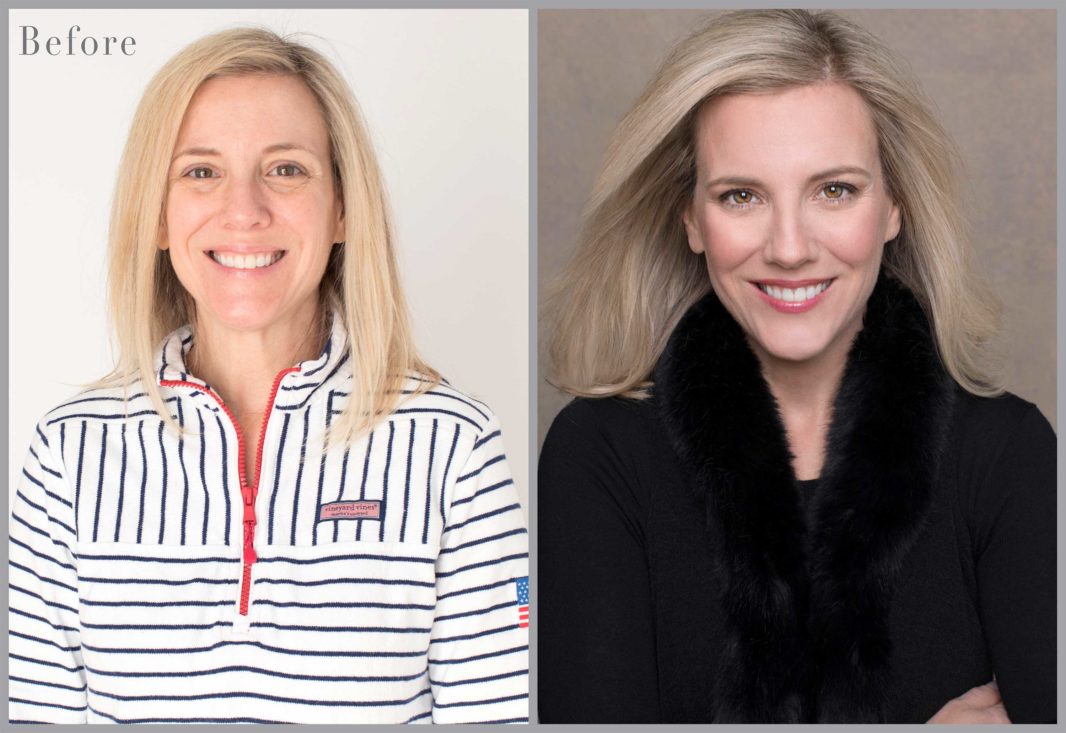
Before and After

What was the transition like from working as a model to working behind the camera? How did you learn your photography skills?
Dawn Greene:I always had my Nikon camera with me when I was modeling on location. I loved to photograph people from different cultures.
I was a shy girl, and my parents thought modeling would get me out of my shell but I actually disliked having my picture taken and I really wanted to be behind the camera. The transition to this was so natural for me.
I had the best photography education possible. I had a lot of exposure to how beautiful portraits were made and I worked with the top people in the fashion photography industry of the 80s and 90s. As a model, you have a lot of downtime. It can take hours to get one shot. When I was bored, I would just observe everything going on around me. By the time I got into my own studio, it was obvious to me what I needed to do to create beautiful, fashion-inspired portraits.

What lessons from your modeling days do you use when taking photos of other people? How do you help your subjects feel comfortable and confident?
I bring all the things I observed and learned in my 15 years of modeling. I always felt that everyday women should have the same benefits that models get on set. Most people look at these beautiful women gracing magazines but they don’t know all the work it takes to make them look that way from hair, makeup, lighting and retouching.
I was very shy as a model but you wouldn’t know it because I was really good at hiding it. Because of this, I can really empathize with every single woman who comes into my studio and says, “I hate having my picture taken,” or “I don’t photograph well.” I completely understand.
My clients come in and have their hair, makeup and wardrobe professionally styled. I know how to put them at ease and give them constant guidance on how to pose or how to set their expression. I break down each pose in between shots, and have them mirror me so they don’t even have to worry or think about it.
It turns into this wonderful, relaxed and fun session. By the time they leave, my clients have a more positive view of themselves. And when they see the photos — even more so. One of my clients summed it up: “I wasn’t sure if it would look like me but it does and, in fact, it’s the best version of myself.”
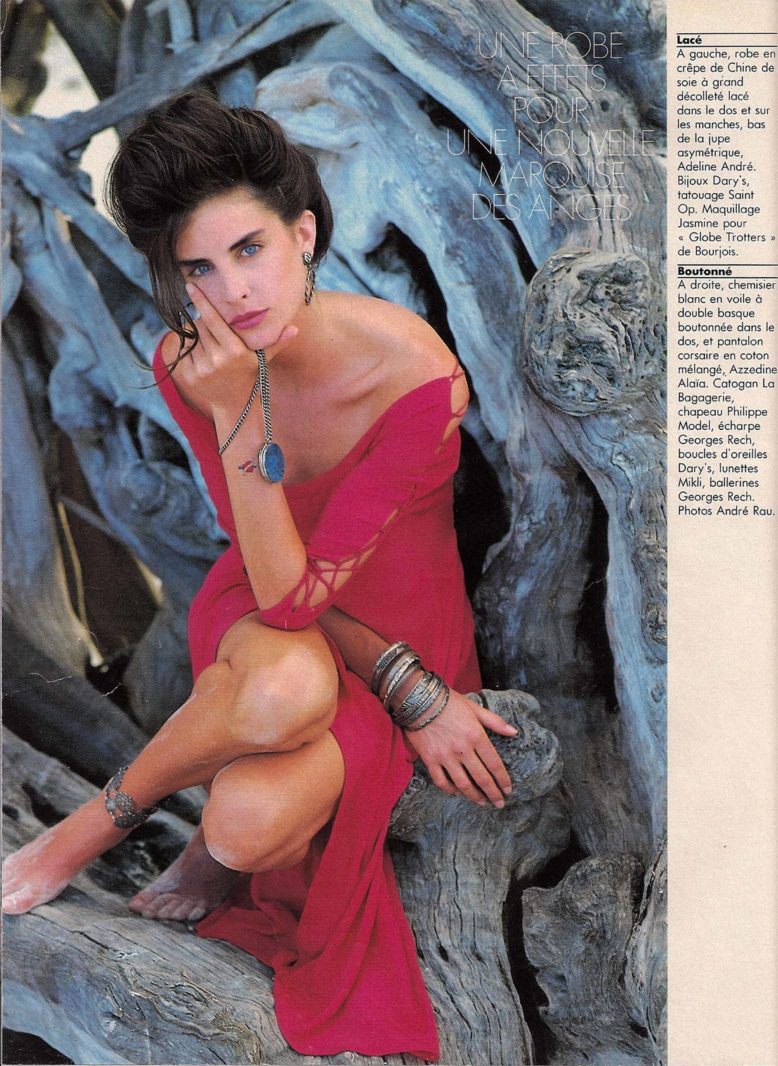

What do you like most about what you do?
I truly believe every woman deserves to have beautiful photographs of themselves, especially in print, but most women feel that it’s selfish. Most women tend to have tons of pictures of their children, but not with or of themselves.
When children get older, they want to see nice pictures of their mother or grandmother. Especially after she’s gone. And so, you’re actually giving your children or loved ones a gift by having professional portraits of yourself.
My grandmother was always a gorgeous woman, but I didn’t know what she looked like in her 20s until I saw a portrait of her above my family’s mantle and it was the most beautiful photo of her I’ve ever seen. When she passed away, everyone in the family wanted a copy of it.
My clients receive a folio box of their favorite images from our photoshoot, all archivally printed and matted, in addition to the digital file for each of them.They can be displayed on a coffee table, a bookcase or in a frame.

What has been your biggest challenge as an independent business owner and how have you overcome it?
The biggest challenge for me was learning to delegate tasks. When you’re a business owner, you need a lot of discipline and you have to be accountable to yourself. It’s very different from working for someone else where you’re assigned a role and you’re responsible solely for that role. While my profession is “photographer,” the act of photographing is only a fraction of my business activities.
A typical shoot takes three hours from hair and makeup to shooting different looks. And then there’s an additional 15 hours that goes into the business foundation that supports that shoot. While I’d love to focus solely on the creative side of the business, I can’t neglect other aspects such as marketing, customer service, bookkeeping, cleaning the studio, networking and educating myself on new photography tools or developments.
You really have to find balance and know when you’re in over your head and need to outsource help from other professionals. In the beginning, I did have to do it all, including the hair and makeup. But as my business has grown, I’ve been able to outsource these things.

What advice would you give to other photographers who want to become independent business owners?
Join a community for photographers. There are so many online communities and when you start out, it’s helpful to know you’re not alone. There are other people in the same boat as you and these forums are great for learning and taking advice and to celebrate each other’s successes.
We’re also fortunate that in the digital age, there are so many educational tools online. As a portrait photographer, I did have to learn the technical aspects of going from film to digital. You can take classes in person or online, but I recommend both.
This is a dynamic journey. Take baby steps and be gentle with yourself. You will make mistakes but these are gifts for you to learn from. You will succeed if you value yourself and your product; listen to what your clients want; and serve them with generous heaps of respect and kindness.



 6 min read
6 min read